Field work!
July 10, 2022 | 3 Minute Read
Field work is the best and the most demanding!
In preparation for my Widening Fellowship and as part of my previous employment, me and colleagues (Luciana Salomon, Juan Manuel de Gorospe and Maria Pinilla Vargas) went to the Peruvian Andes to conduct field work together with Mario Zapata. We are all interested in Asteraceae genera, that is the most divers angiosperm family in the ecosystems.
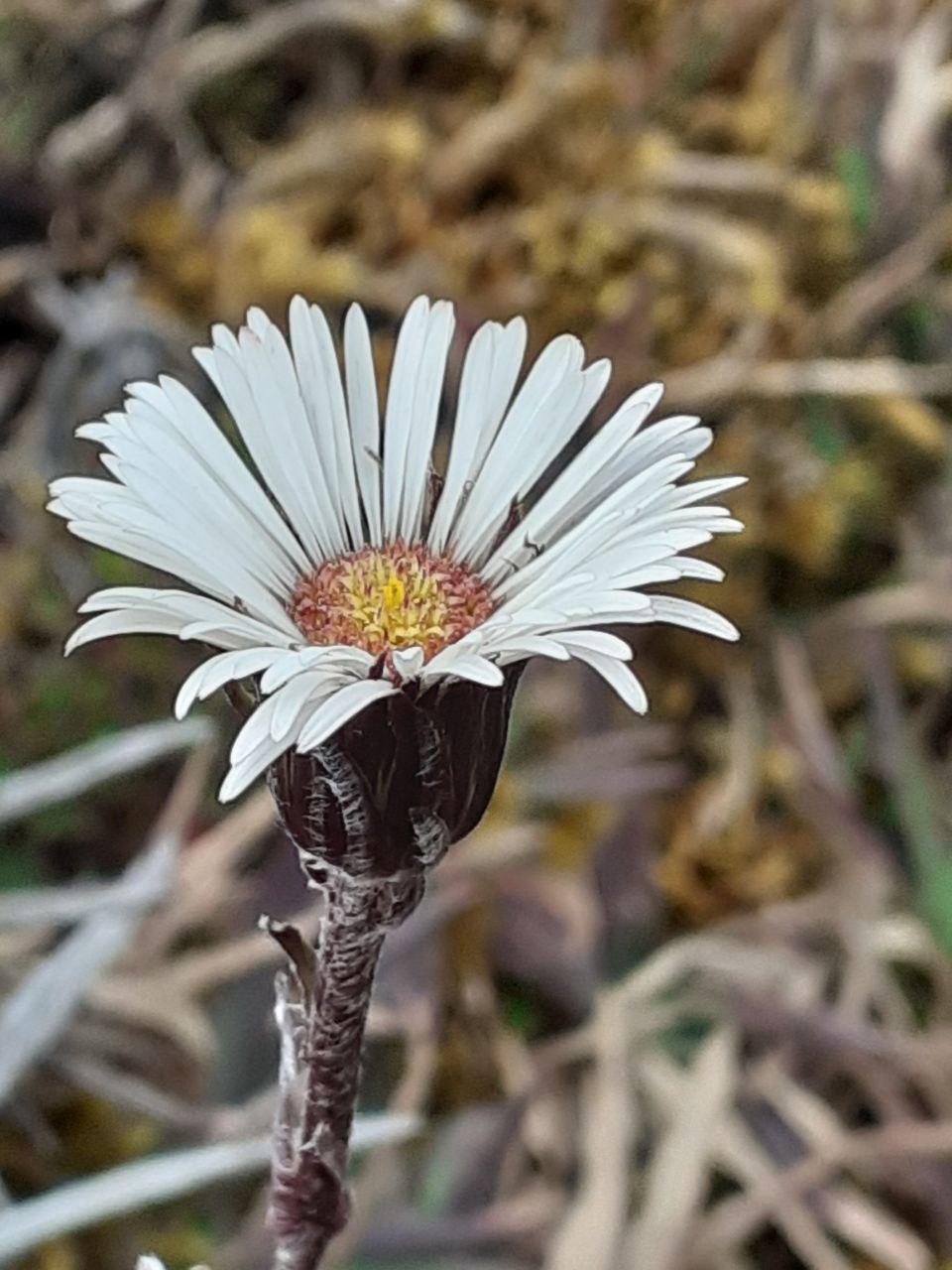 |
 |
| Oritrophium |
Senecio |
 |
| Loricaria |
After our plans to conduct field work were postponed due to the Corona Pandemic for almost 1.5 years, we were finally able to go in September 2021. COVID cases in Peru had dropped and we were all vaccinated. None of us believed that this will really be happening until we were boarding the plane.
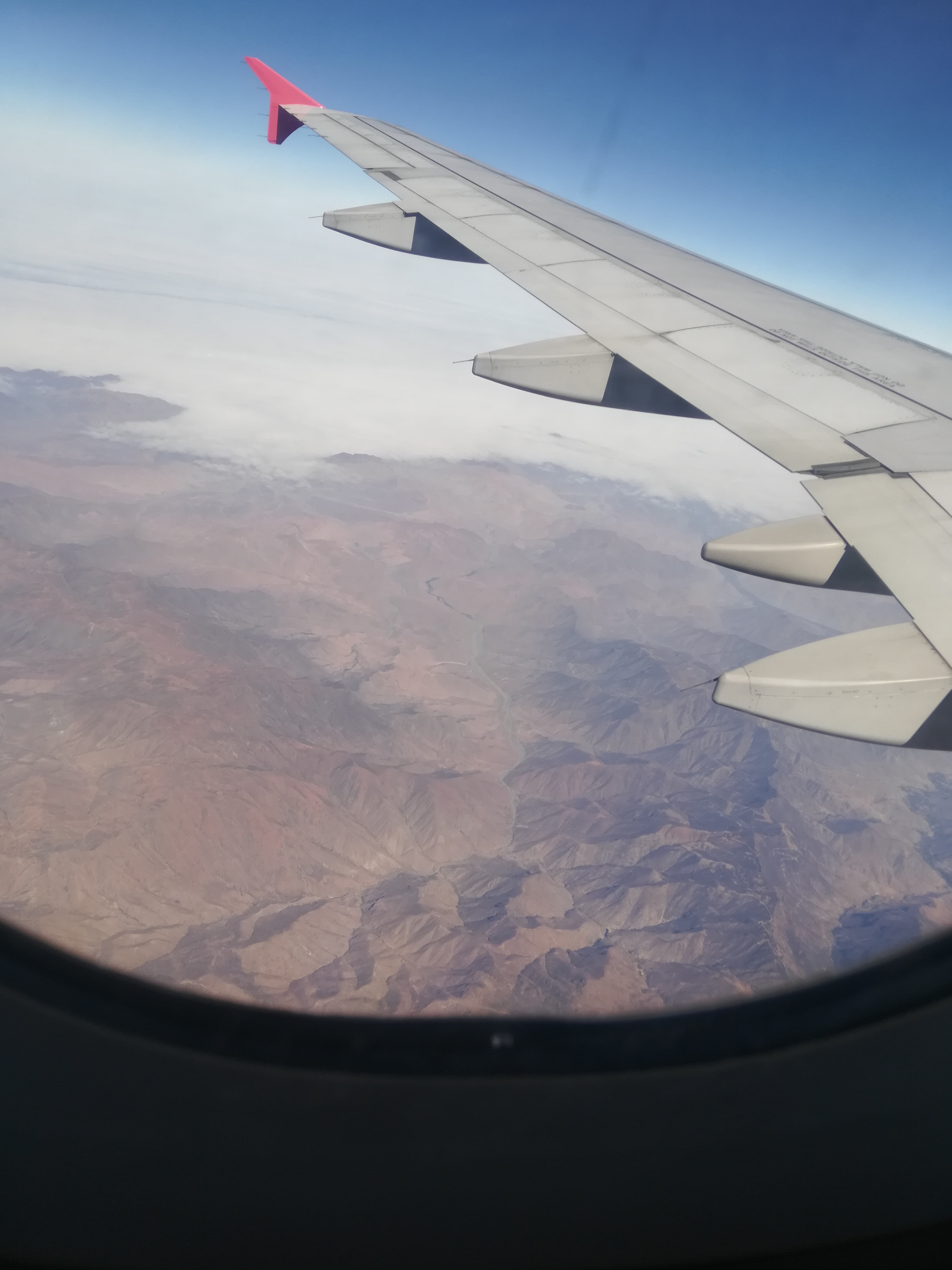 |
| View of the Andes from the plane |
After 14 hours of travelling, we finally arrived in Lima. The next day we continued to Cajamarca, a town in northern Peru. Thanks to miscmmunication, our guide, Mario Zapata, was actually in Trujillo waiting for us with the car. Nevertheless, we managed to all unite and start the field work. (: )
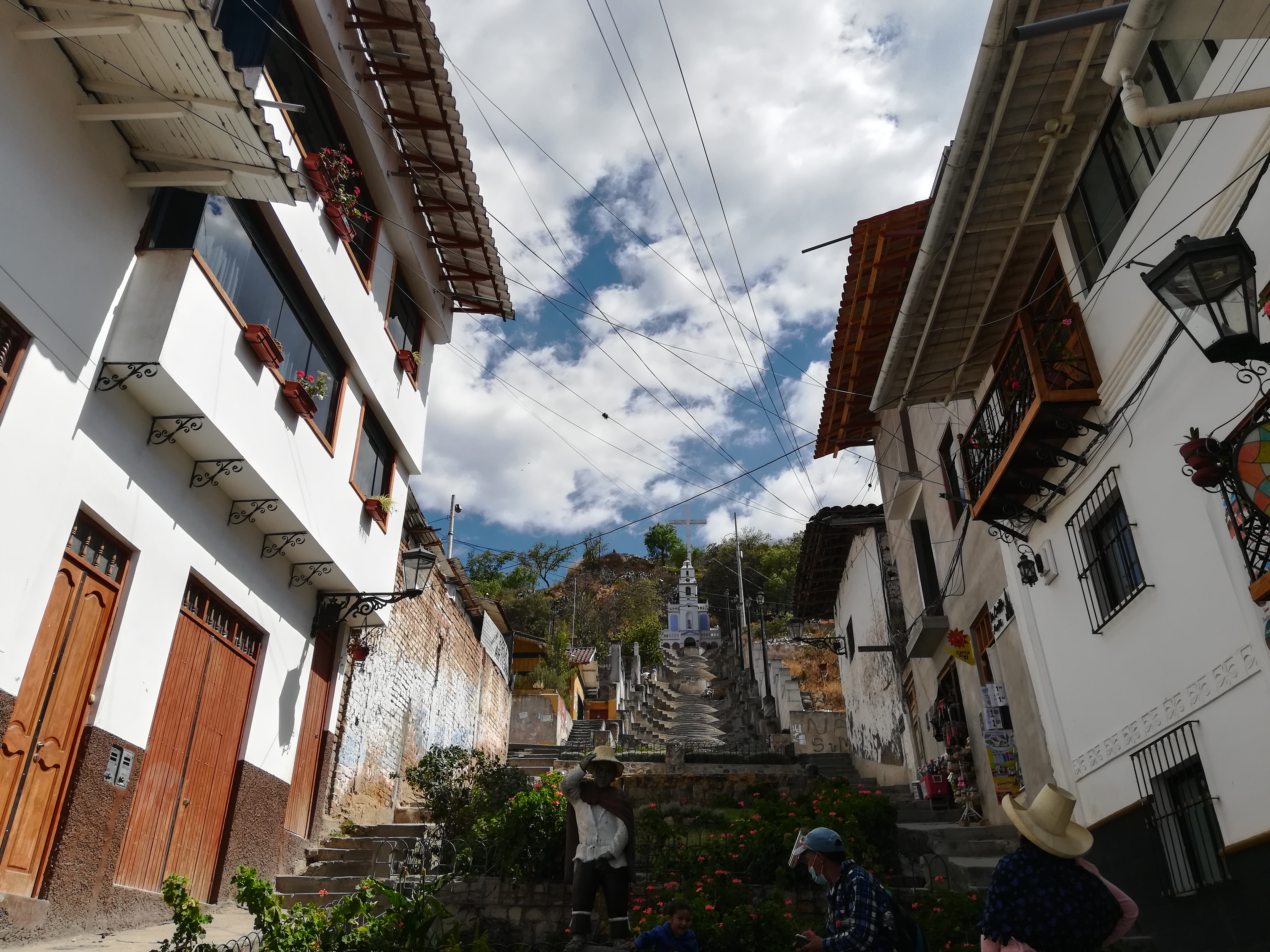 |
| Cajamarca |
 |
| …getting ready for the day… |
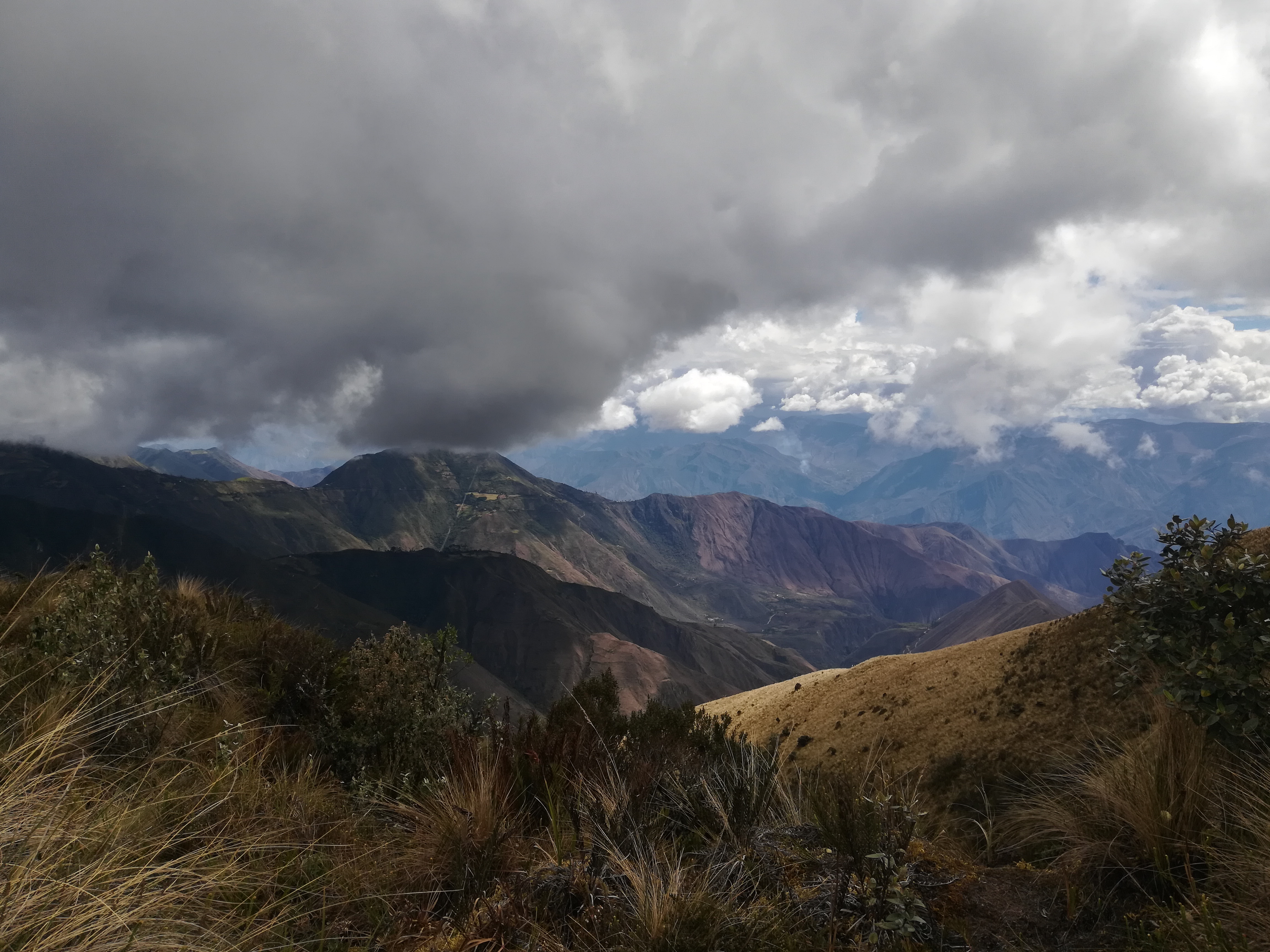 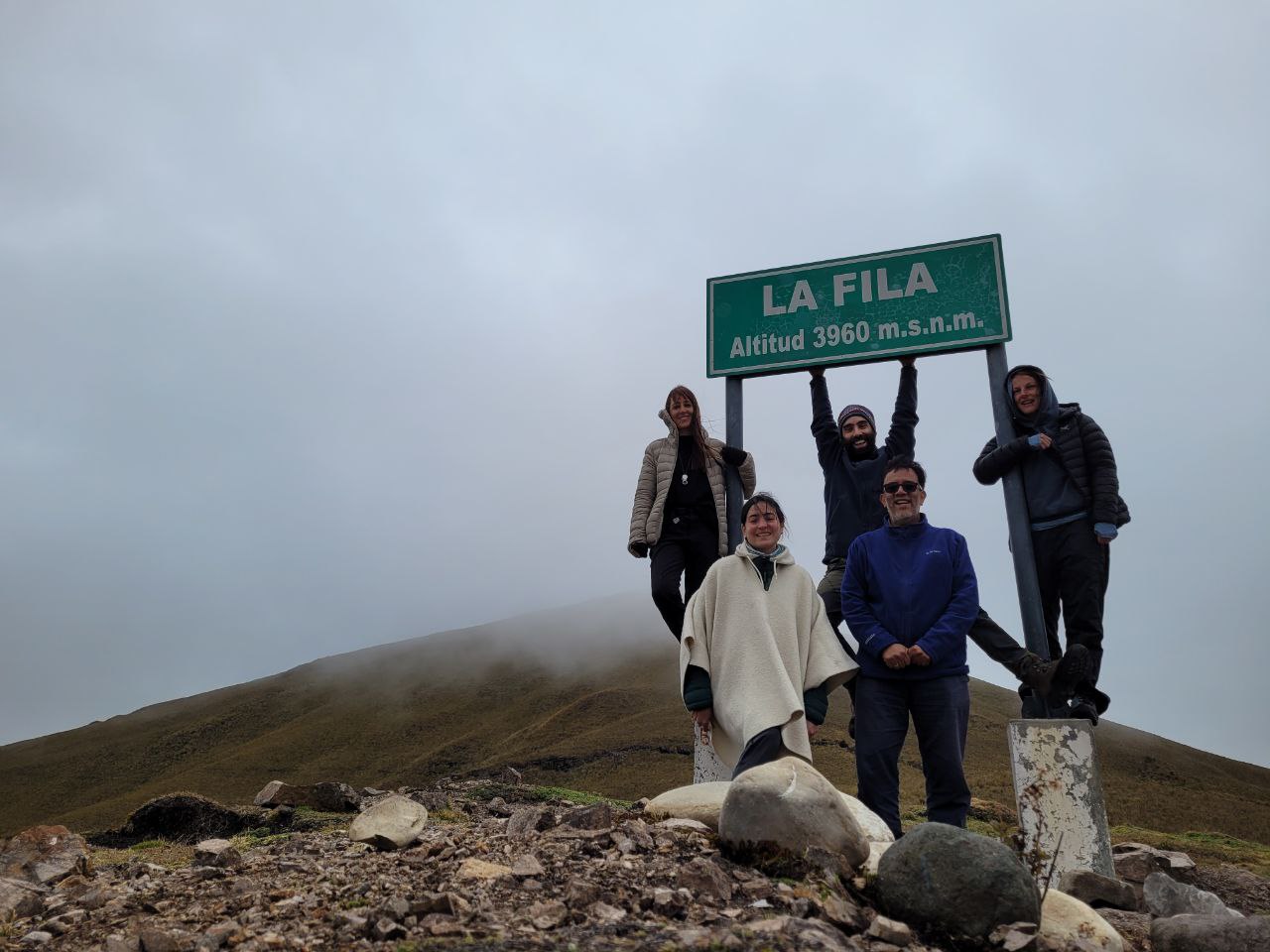 |
| Luckily you get used to the altitude after some time |
 |
| Mountains are just georgeous! |
Field work is amazing! You can see the ecosystem and plants you are studying in real life, get a better idea of what you have only been reading about before and you will not see a desk and a computer for most of that time! On the contrary, at least in our case, it also means spending hours in the car driving and working from morning till midnight.
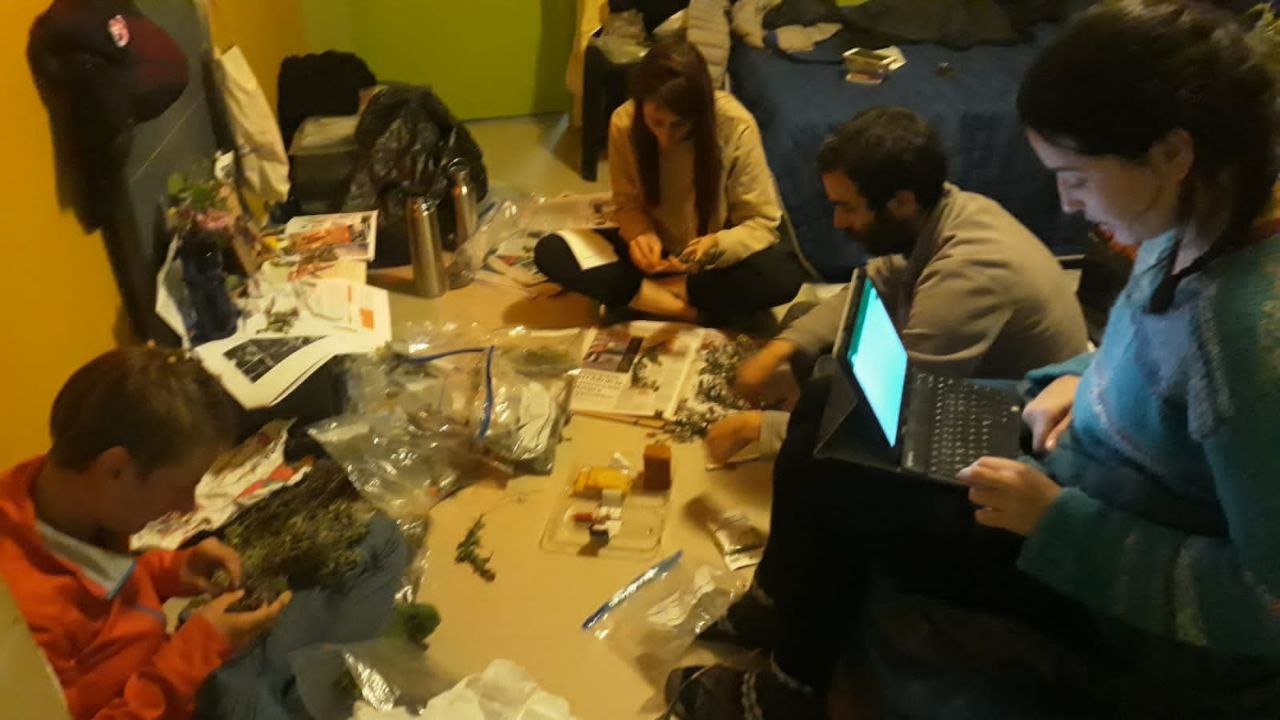 |
| Our evening hobby |
The work is nevertheless very rewarding: in the last 10 days we already collected more than a hundred plants.
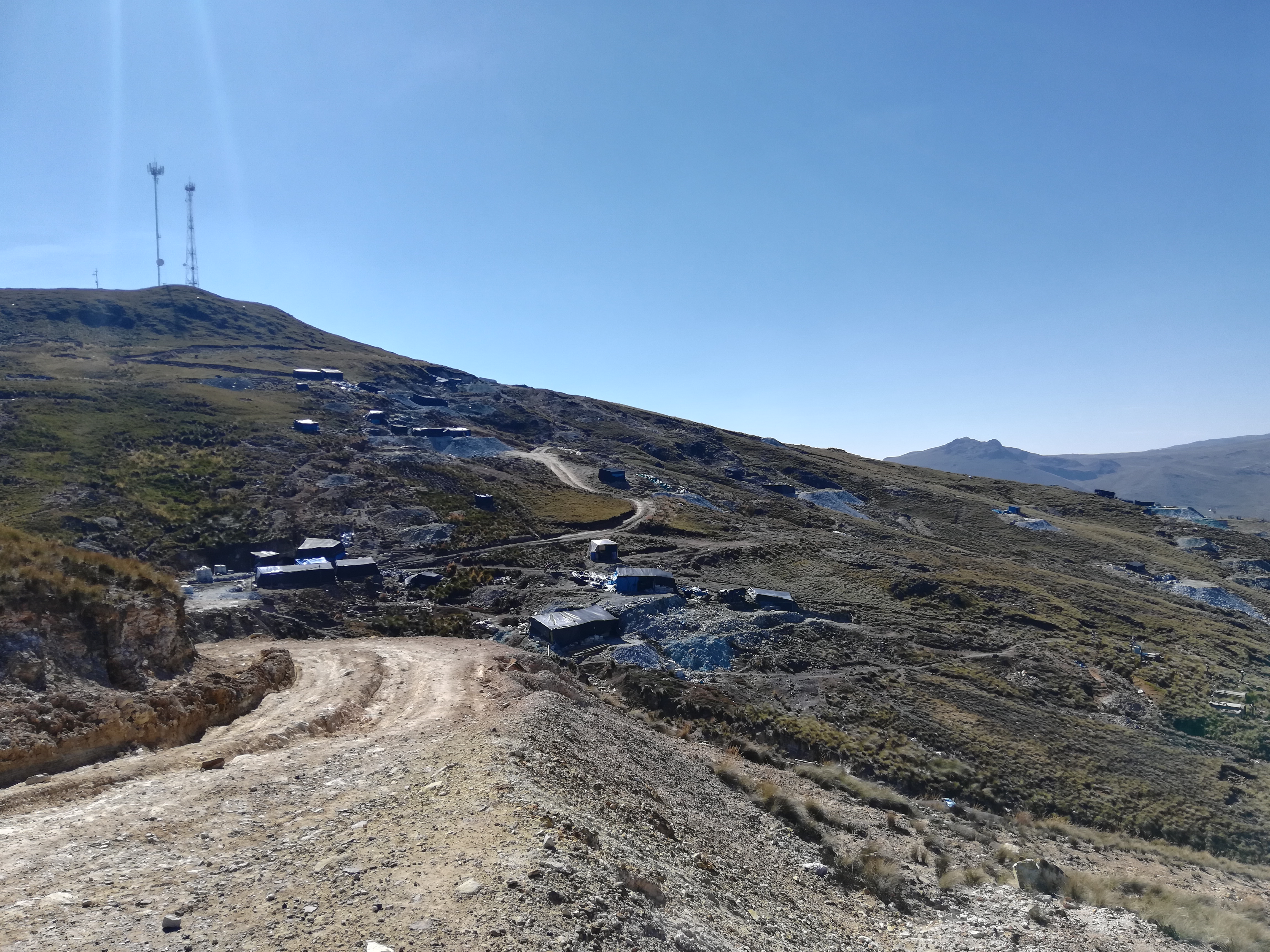 |
| Asteraceae just grow everywhere…also within the disturbed areas such as mining regions |
We found species that have never been recorded from the area, species that nobody believed we will be able to find (Petr, we are waiting for our one meter of beer each (: ), and expand the sampling for our work later on.
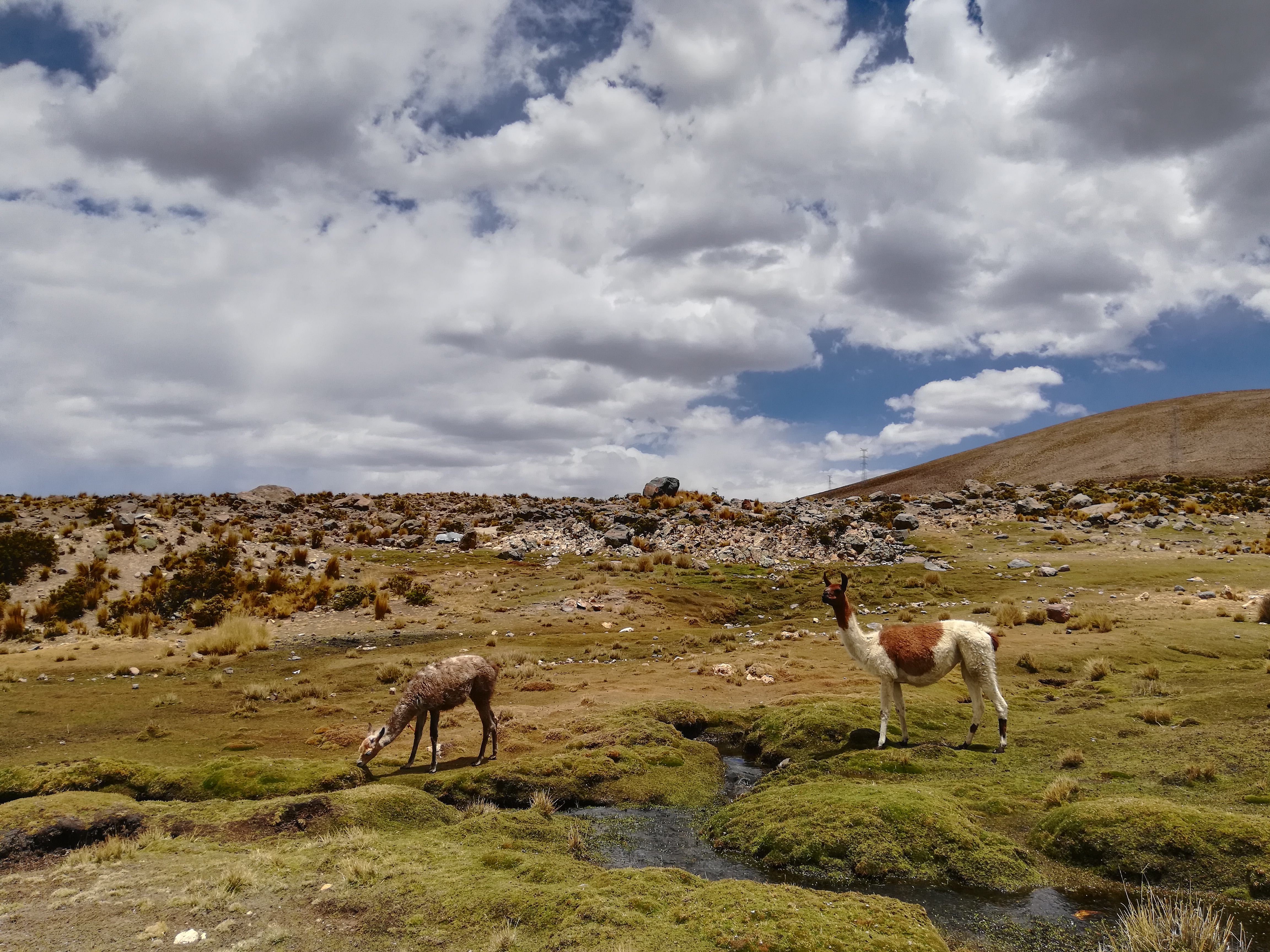 |
| Caltha is growing in unexpectedly beautiful places |
While being in Peru, we also paid visits to different harberia of the regions. While some are hidden in a garage, others were located at universities and it was a great experience sharing knowledge and meeting the staff.
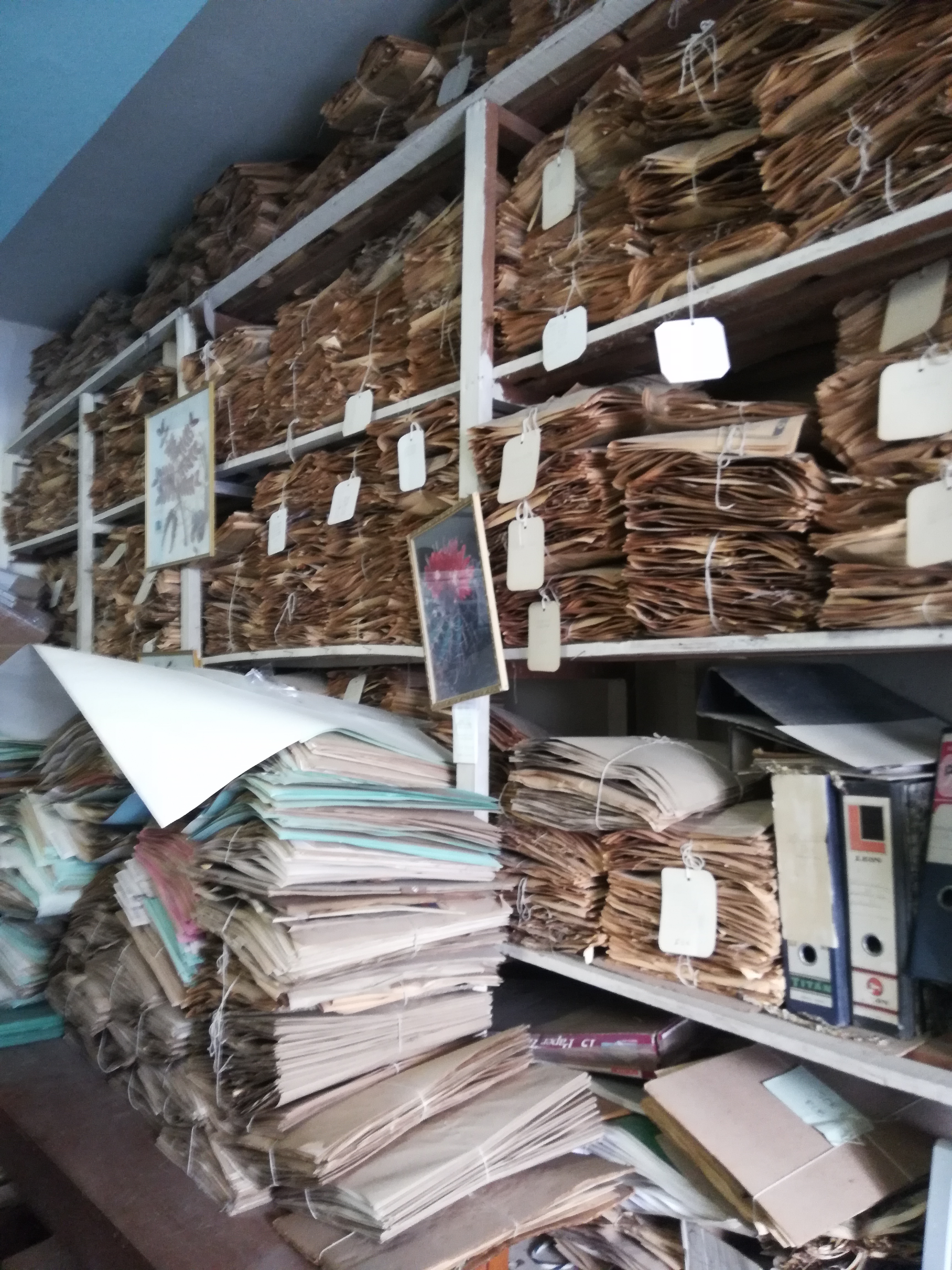 |
| herbarium |
After 7 weeks without almost a break we collected about 200 specimens (in parts with 4 duplicates) and silica samples. While we were having all the permits for collecting in the country, we are relying on a collaborators export permit and this is unfortunately now taking its time and we have July 2022 and the specimens have still not yet arrived….












